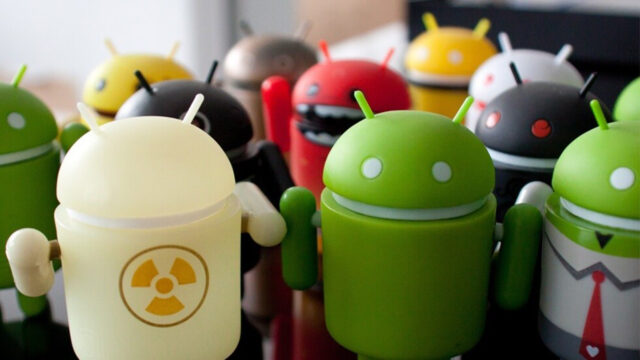Although there were players such as Windows Phone and BlackBerry OS in the smartphone market about 10 years ago, the market is now monopolized by Android and iOS operating systems. Both sides have some advantages and disadvantages over each other. For many people, software comes first. Here are the brands that offer the longest update support…
Which brand offers the longest update support?
Apple, the creator of the iOS operating system, uses this software only on the iPhone models it releases today. iPad models that once used iOS now run a new software called iPadOS.
In addition, Apple only released 1 device each year until the iPhone 5S. It was released to 2 devices with the iPhone 6, and indirectly to 3 devices with the iPhone 8 and X. Afterwards, it started to introduce 4 devices with the mini models that joined us in the iPhone 12 series. Of course, this device was replaced by Plus again.
Launching the iPhone SE 3 model before the iPhone 14 series, the company introduced 5 new devices in the same year. However, it even offered the iOS 15 update to the iPhone 6S model, which it launched 7 years ago in 2015. So in total, he kept 24 models up to date.
However, with iOS 16, support for iPhone SE, iPhone 6S and iPhone 7 series has ended. Here, while 5 models were missing from the list, 4 new devices from the iPhone 14 series were added instead. In other words, while the oldest device with update support was the 7-year-old iPhone 6S, it is currently the 6-year-old iPhone 8 models.
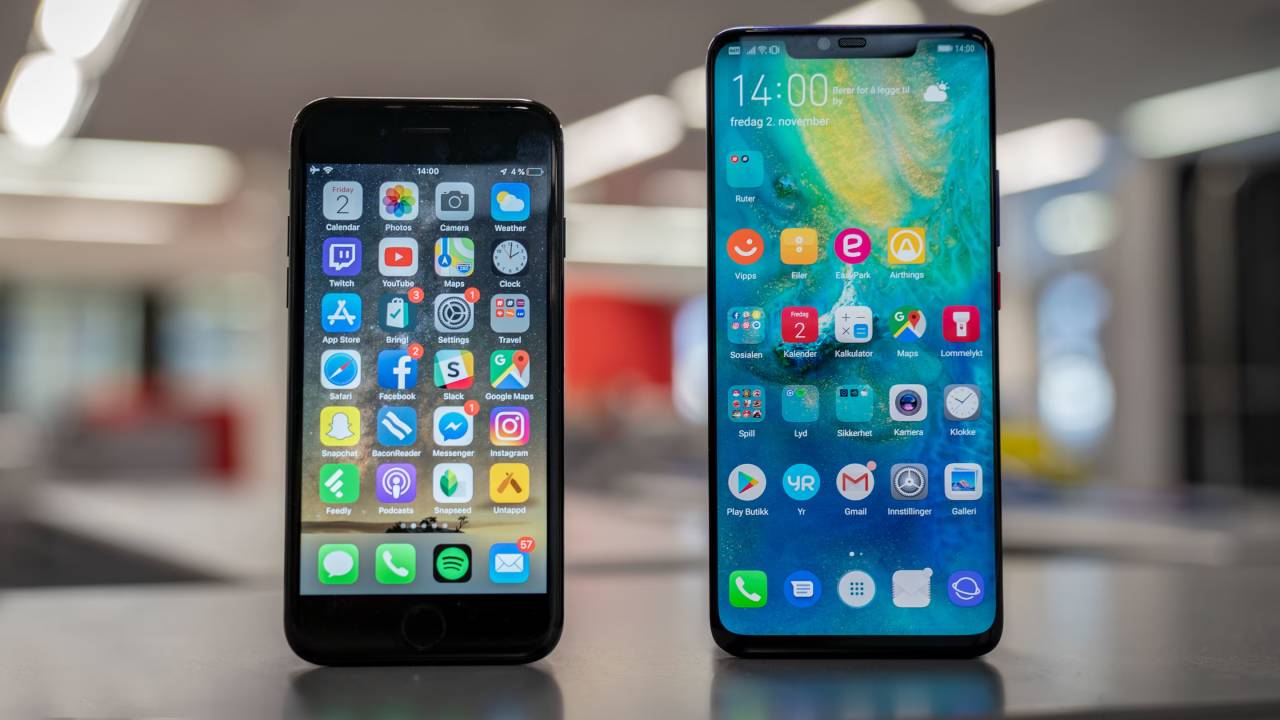
On the other hand, when we look at the Android side, we see that flagship devices from many brands receive 2 or 3 years, while entry and most mid-segment models receive only 1 new Android update. Of course, some manufacturers said that they will share 3-4 years of software and 5 years of security updates for all new models.
Unfortunately, the models released so far will not be able to benefit from this support. This leads to a widening of the gap between Apple and Android manufacturers, which offer update support for up to 7 years. Before examining the reasons for this situation, let’s share the list of brands that offer the longest update support.
| Arrangement | Manufacturer/Brand | Android version update | security update |
|---|---|---|---|
| one | apple | 6-7 years | 6-7 years |
| 2 | Samsung | 4 years | 5 years |
| 3 | OnePlus | 4 years | 5 years |
| 4 | Oppo | 4 years | 5 years |
| 5 | 3 years | 5 years | |
| 6 | Xiaomi | 3 years | 4 years |
| 7 | Motorola | 3 years | 4 years |
| 8 | realme | 3 years | 4 years |
| 9 | in vivo | 3 years | 3 years |
| 10 | nokia | 3 years | 3 years |
| 11th | Sony | 2 years | 3 years |
| 12 | honor | 2 years | 2 years |
| 13 | Asus | 2 years | 2 years |
| 14 | TCL | 2 years | 2 years |
| 15 | ZTE | 1 year | 1 year |
There are actually 3 main reasons why the software support times we have mentioned vary. The first of these is due to the fact that the software belongs to Google. Although there are some agreements made, the slightest delay from Google can directly affect brands. In addition, it takes time and effort to configure different interfaces such as One UI and MIUI after each update.
The second reason is the outsourcing of hardware parts. For example, because Apple designs and produces its own processor and makes its software, it can easily determine how long it wants to keep this device active. However, brands that buy processors from chip manufacturers such as Qualcomm or MediaTek are necessarily limited.
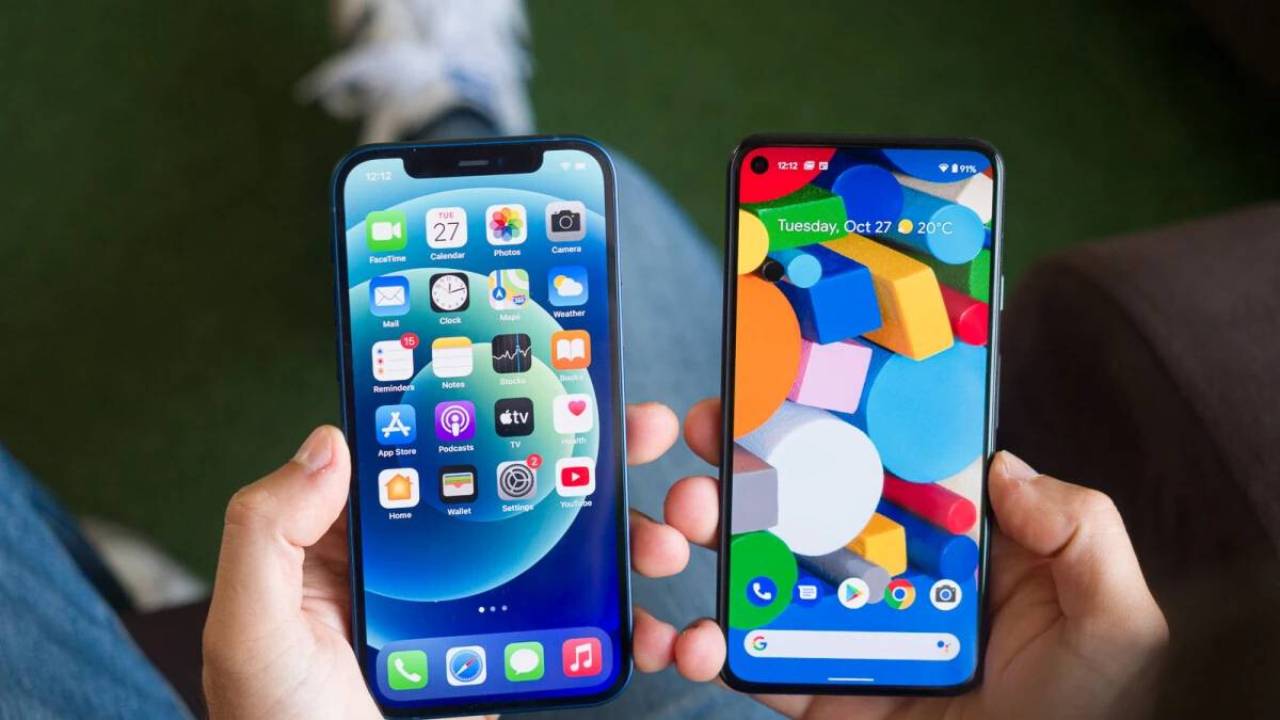
The third reason is the large number of devices. Android smartphone manufacturers launch dozens of new devices each year. For example, when we look at Samsung, although it has reduced this number in recent years, it has series with at least 3-4 models in each such as S, Note, Z, A, J and F series. So every year it releases more devices than Apple has released in the last 7 years.
A similar situation applies to Xiaomi. In addition to the Mi series, the company launches dozens of new models every year under the series such as Redmi, Redmi Note, Redmi K, POCO M, POCO F, POCO C and Black Shark. Moreover, it gives some of them Android 13, and some of them the MIUI version developed on Android 12 and Android 11.
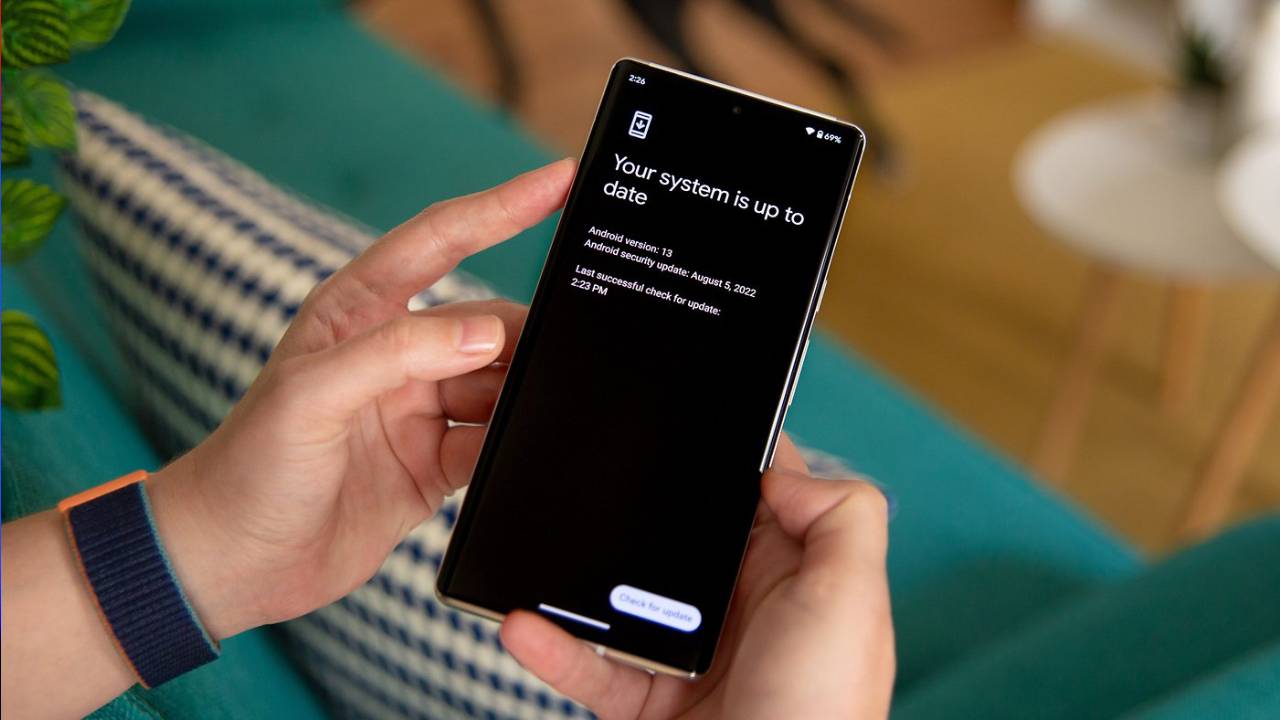
In addition, unlike other brands, Xiaomi can sell the device it sells under the POCO brand in one country under the Redmi name in another. For example, the Redmi Note 11 Pro Plus 5G model, which went on sale in Turkey last year, is actually the device sold as Xiaomi Mi 11i in India. The Redmi Note 11 Pro Plus, which it offered for sale in India, came to our country under the name Note 11 Pro.
Therefore, at this point, we can say that the main source of the problem is smartphone manufacturers rather than Google and processor manufacturers. Each brand that releases a large number of models, such as Samsung and Xiaomi, needs to offer updates to between 100 and 200 devices in order to offer equivalent software support to Apple.
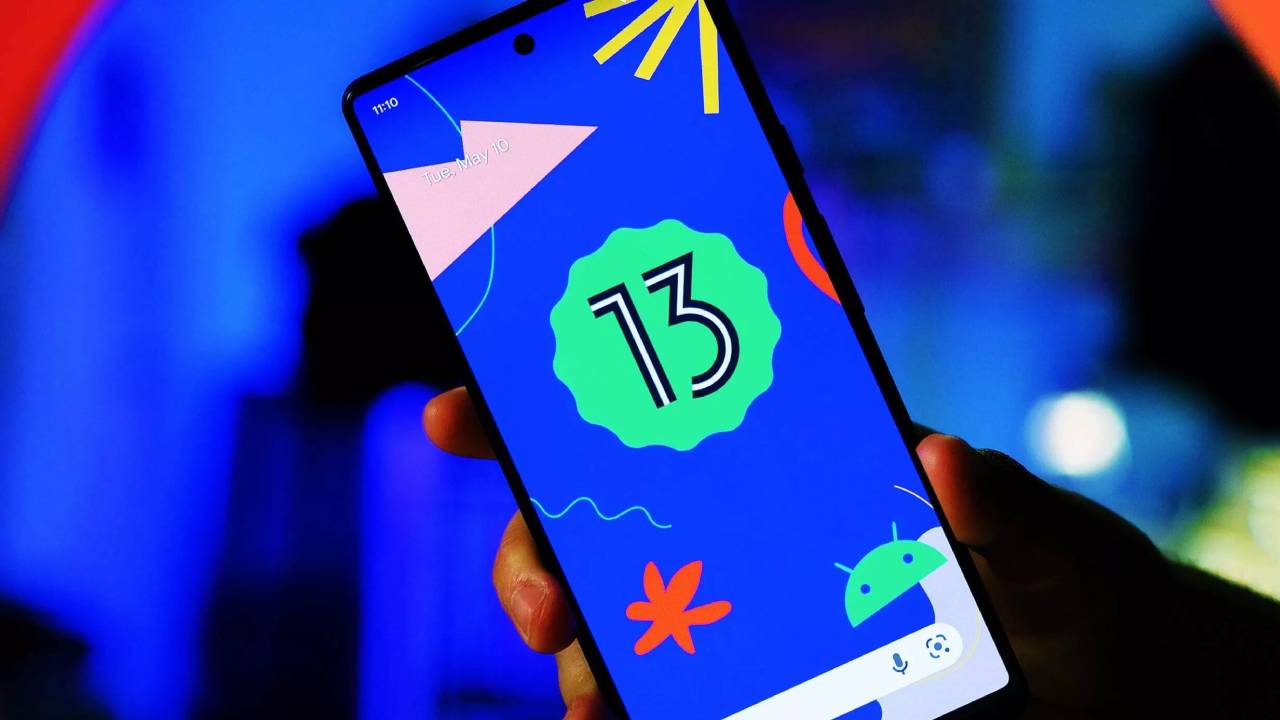
Of course, it is an important development for the consumer that they will open a clean slate and offer support for up to 5 years on their new devices. Especially in countries that are in economic crisis like Turkey, it would be logical for people to turn to models that will keep up-to-date for a long time when buying a new device, since people cannot change their phones very often.
What do you think about this subject? Don’t forget to share your views with us in the comments!

